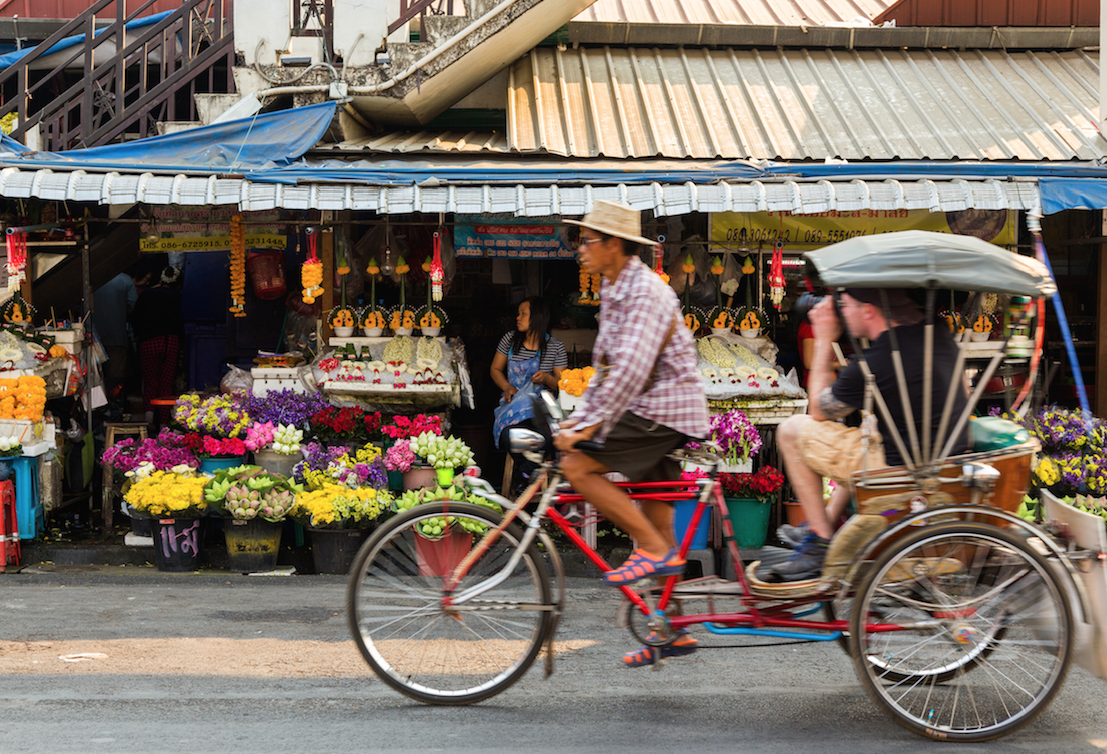Asia is a continent full of vibrant traditions, diverse cultures, and rich histories. From the bustling streets of Tokyo to the serene temples of Thailand, every country has its own customs and manners. Understanding local etiquette before you go can make your trip smoother — and help you show respect to the people you meet. Here’s a guide to the most important cultural etiquette tips to know before visiting Asia.
🙏 1. Respect Comes First
In most Asian countries, respect is deeply valued — especially toward elders, teachers, and authority figures. A simple bow in Japan, a polite greeting in Thailand (“wai”), or using two hands when giving or receiving something in South Korea and China are small gestures that show big respect.
🏯 2. Dress Modestly and Appropriately
While major cities are modern and fashion-forward, modest clothing is still appreciated — especially when visiting temples, shrines, or rural areas. Always cover your shoulders and knees in religious places. In some cultures, removing your shoes before entering a home or temple is expected.
🍽️ 3. Dining Etiquette Matters
Table manners can vary widely across Asia:
- In Japan, never stick chopsticks upright in your rice — it’s associated with funerals.
- In China, wait for the host to start eating before you do.
- In India, eating with your right hand is the norm, while the left hand is considered unclean.
- In Thailand, use a spoon and fork — the fork is only for pushing food onto the spoon.
Knowing these small details can make a big impression.
💬 4. Be Mindful of Body Language
Body gestures that seem normal in the West may be offensive in Asia. Avoid touching someone’s head (it’s considered sacred in many cultures), and don’t point with your finger — use an open hand instead. In many places, showing anger publicly or raising your voice is seen as disrespectful.
🎁 5. Gift-Giving Traditions
Gifts are often a symbol of gratitude or respect. In Japan and China, gifts are given and received with both hands. In some cultures, gifts are politely refused once or twice before being accepted. Avoid giving items in sets of four in China or Japan — the number is linked with bad luck.
💒 6. Religious Sensitivity
Asia is home to many faiths — Buddhism, Hinduism, Islam, and others. Always act respectfully in religious spaces:
- Speak softly and avoid taking photos without permission.
- Don’t touch statues or monks.
- In Muslim countries, avoid public displays of affection and dress conservatively.
📸 7. Photography Etiquette
Always ask before taking someone’s picture, especially in rural areas or near temples. In some places, photography fees apply at historical or sacred sites — make sure to check signs before snapping photos.
✈️ Final Thoughts
Learning and respecting local customs not only prevents misunderstandings — it enhances your travel experience. Locals appreciate visitors who show interest and courtesy toward their traditions. A little cultural awareness goes a long way in making genuine connections wherever you go in Asia.
Final Tip:
When in doubt, observe what locals do and follow their lead. Respect, kindness, and a genuine smile are universal — and they’ll always take you far.

